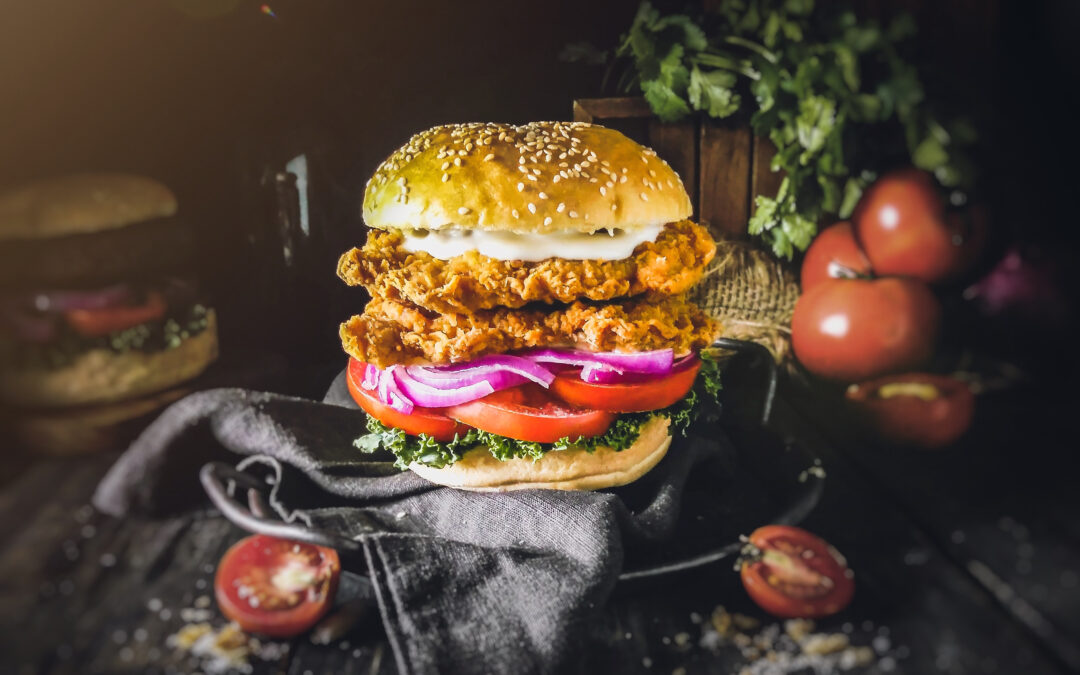Food Photography has become a trend for now. The development of both digital and social media makes this field even more needed. Behind an interesting food photo, there is a food photographer or food photographer who makes every effort to make the food inspire anyone who sees it to be curious to try.
The lens is the essential part of a camera in which there is an arrangement of optical elements. Its function is to capture images so that a sensor can receive the light. Different type of lens has the privilege of recording capture and giving effects and characteristics of each. We can adjust them according to the concept we created.
You have to choose a lens that suits your needs to produce a good photo. There are several types of lenses with various price variations that are great for food photography. There are also several things that you should consider when choosing a lens.
1. Tips for Choosing Lenses for Food Photography 1 : Focal Length Is the Key to Food Photography
Focal Length can make a significant difference in our food shots. Before choosing a lens, we must understand the techniques for using it. This technique is a technique that uses millimeters.
This measurement is the distance from the camera sensor to the convergence point (the point where light rays cross across the lens to form a sharp image on the sensor). The higher the measurement number, the larger the resulting image will be.

2. Tips for Choosing Lenses for Food Photography : Prime Lenses (fixed lenses) and Zoom Lenses
Prime lenses have a focal length that cannot you change. If you buy a 50mm size lens, the length and the short you can’t adjust. While a zoom lens has a focal length that you can change, for example, the size of 18-55mm, then the lens can be shortened within that size range.
For food photography, prime lenses usually outperform zoom lenses. Several things underlie them. The aperture setting for prime lenses is wider (with a smaller F-stop number) so that it is possible to get wider and more flexible coverage of the bokeh/blur area because it can capture more light.
In terms of sharpness, prime lenses are usually sharper than zoom lenses because prime lenses have a simpler inner structure so they can focus on the sharpness quality. Taking sharp photos will increase the value of our food photography from being ordinary to looking excellent. So, you better buy prime lenses for food photography.

3. Optical Quality
The optical quality is highly dependent on the particular arrangement of each lens. These criteria are usually not mentioned in the lens product description but you can tell when you are using them. Lenses with better optical quality can usually produce sharper photos with minimal distortion or chromatic aberration.
Those are some tips that can be used to support your activities in food photography. The best lenses will be able to give the best results in our food photos.

